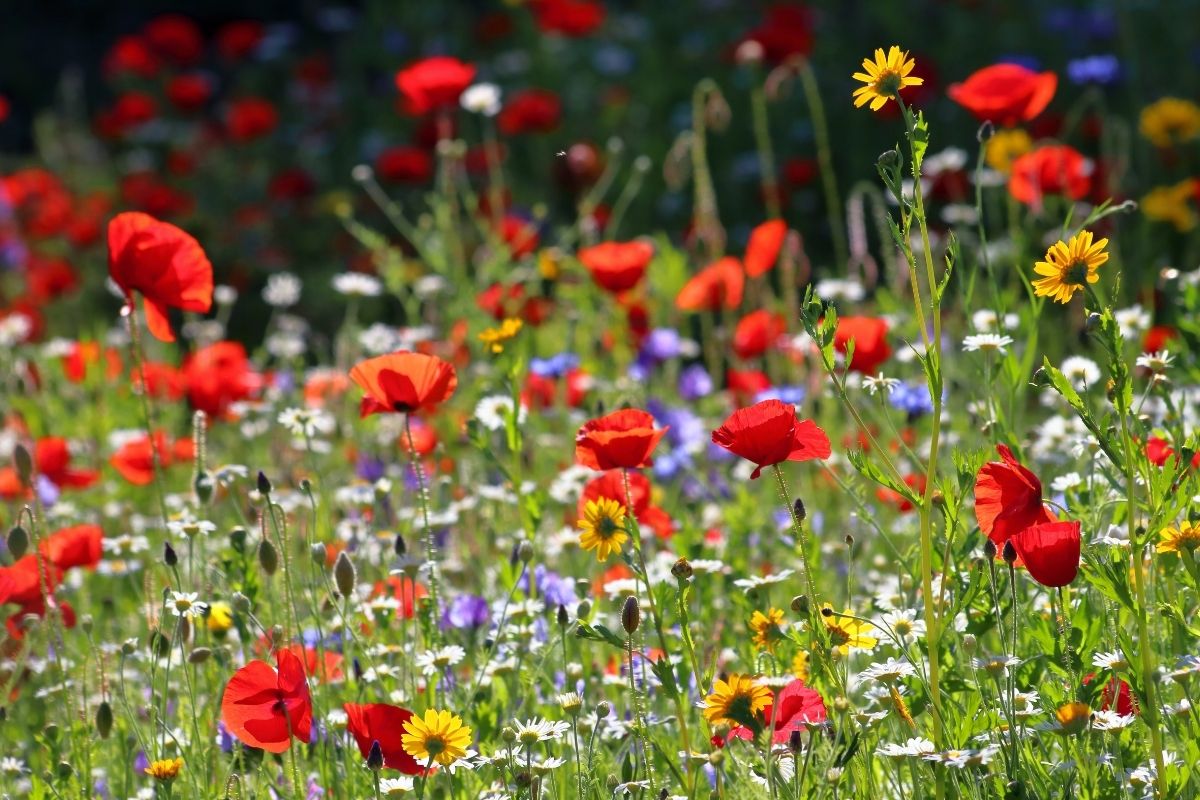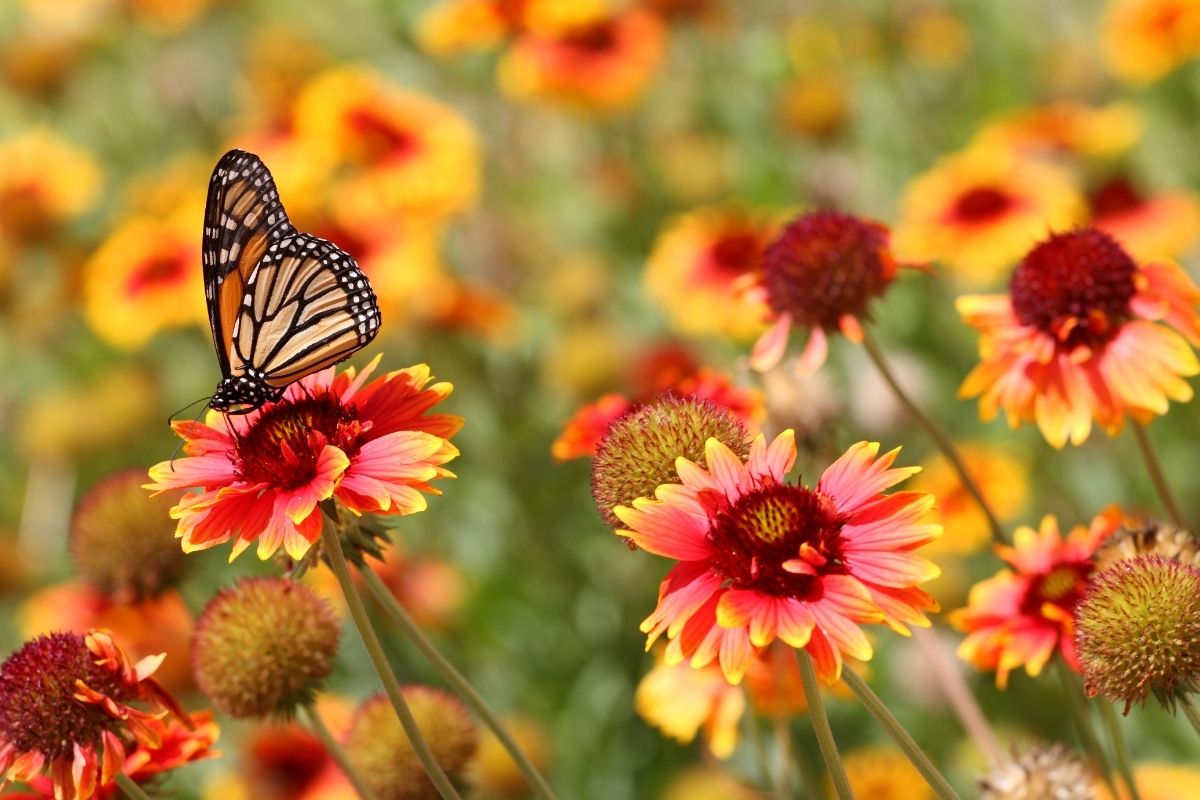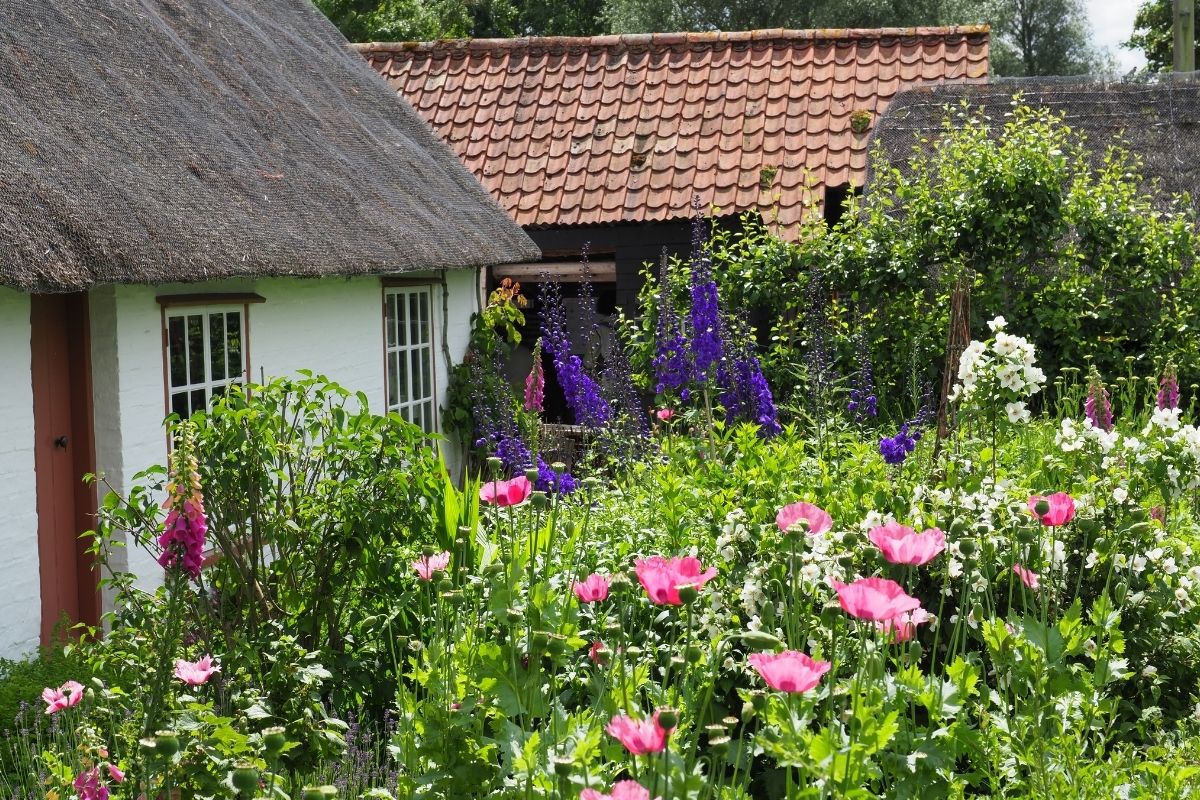
Meadowscaping: How to Create a Low-Maintenance, Pollinator-Friendly Garden
Tired of mowing your lawn every weekend or watching thirsty grass struggle in the summer heat? It might be time to consider meadowscaping—a beautiful, sustainable alternative to traditional landscaping that supports pollinators, saves water, and brings year-round interest to your outdoor space.
What is Meadowscaping?
Meadowscaping is the practice of replacing all or part of your lawn or garden with a diverse mix of native grasses, wildflowers, and drought-tolerant perennials. Inspired by natural meadows, this landscaping style mimics the wild beauty of nature while creating important habitats for bees, butterflies, birds, and other beneficial wildlife. Best of all? It’s low-maintenance and thrives with minimal watering once established.

Why Choose a Meadowscape?
- Pollinator Paradise: Many meadow plants are rich in nectar and pollen, providing essential food sources for bees, butterflies, and hummingbirds.
- Water-Wise: Native and drought-tolerant species need far less water than a traditional lawn.
- Low Maintenance: Say goodbye to mowing and fertilizing. Once established, meadows largely care for themselves.
- Biodiversity Boost: Meadows support a wide variety of insects, birds, and other wildlife—helping restore the ecological balance right in your backyard.

How to Create a Meadowscape
1. Choose the Right Location
Pick a sunny spot with well-drained soil. Most meadow plants need at least 6 hours of sun per day.
2. Prep the Area
Clear out any existing grass and weeds to give your meadow a fresh start
3. Select Native, Drought-Tolerant Plants
Choose a mix of wildflowers, grasses, and perennials suited to your local climate and soil. Look for plants that bloom at different times to provide a continuous food source for pollinators.
Pollinator-Friendly, Drought-Tolerant Favourites:
- Echinacea purpurea (Purple Coneflower)
- Asclepias tuberosa (Butterfly Weed)
- Achillea millefolium (Yarrow)
- Monarda fistulosa (Wild Bergamot)
- Coreopsis lanceolata (Lanceleaf Coreopsis)
- Schizachyrium scoparium (Little Bluestem)
- Andropogon gerardii (Big Bluestem)

4. Plant Thoughtfully
Sow wildflower seeds in fall or early spring or plant young perennials in spring after frost. Group plants in clusters for greater visual impact and easier pollinator access.
5. Mulch & Water (At First)
Water regularly while your meadow gets established—usually the first one to two seasons. Use natural mulch or straw to suppress weeds and retain moisture.
6. Let It Grow (And Don’t Over-Groom!)
Meadows thrive with a light touch. Cut back dead growth in late winter or early spring to make room for new shoots. Otherwise, let nature take its course!
Meadowscaping is more than just a trend—it’s a way to reconnect with nature, reduce your environmental footprint, and enjoy a vibrant garden full of life. Whether you transform a small corner or your entire yard, creating a meadowscape brings beauty, biodiversity, and a sense of peace to your outdoor space.
Ready to ditch the lawn and grow wild? Your local pollinators will thank you!



